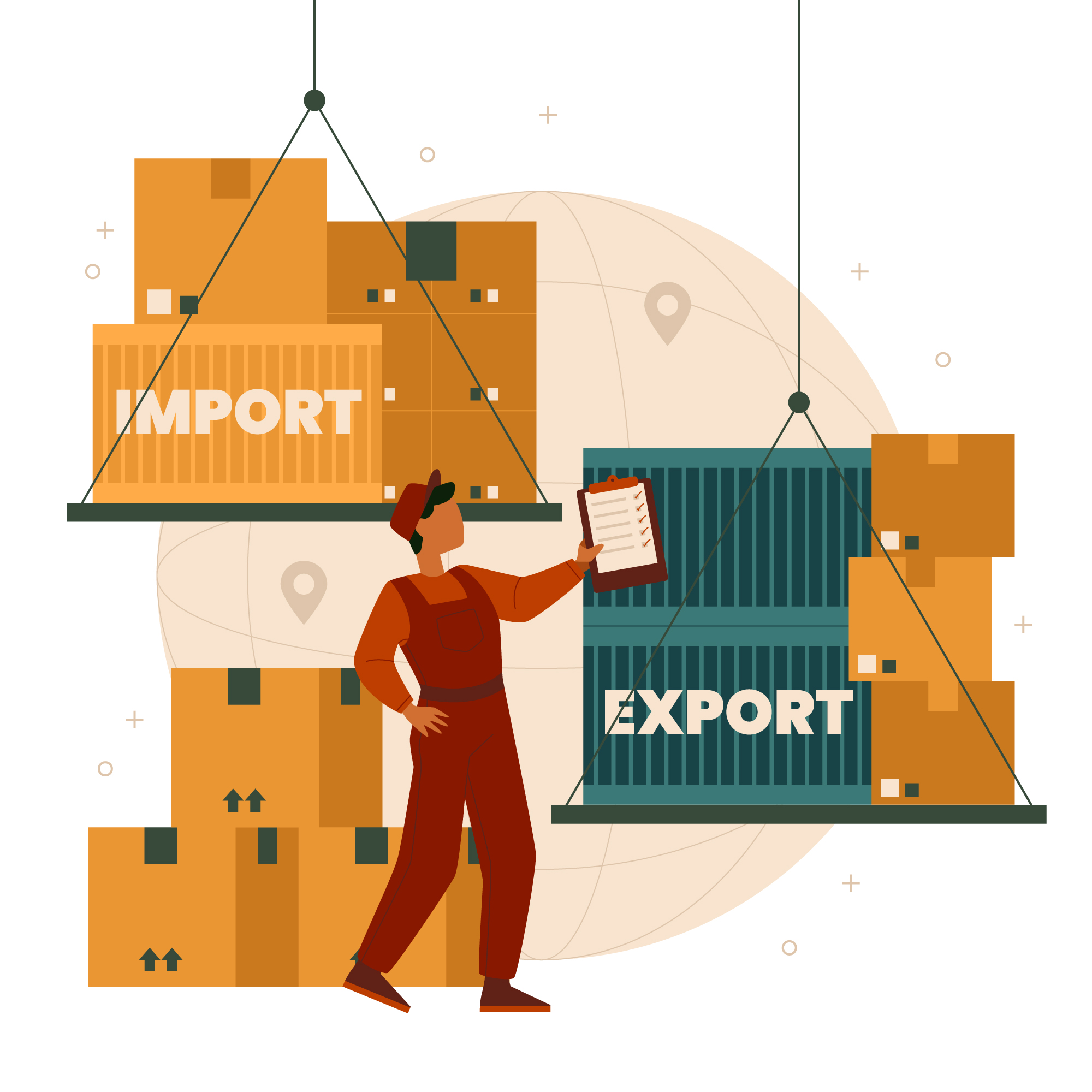Shipping is a fundamental aspect of logistics and when a business organisation requires necessary abilities to relocate goods that have to cover long distances, knowledge to the varied types of the shipping methodology is significant. LTL (Less Than Truckload) is one of such shipping methods. Images But what exactly is LTL and how can it help your business? In this guide, we will explore everything you need to know about LTL shipping, including how it works, who LTL carriers are, and the difference between LTL and FTL (Full Truckload) shipping. Whether you’re a business owner or a logistics professional, this article will help you grasp the basics of LTL freight loads and how they can optimize your supply chain.
What Does LTL Mean?
In its essence LTL denotes the term of Less Than Truckload which is a type of transportation that is employed when passing smaller amounts of freight that a truck full of freight will not be required. Typically, LTL freight loads are less than 15,000 pounds, and they are combined with other shipments to optimize the use of the truck’s space. Businesses will also benefit by sharing the expenses of transportation with other shippers hence enjoying lower prices of shipping but receiving their products when they need them at the far is preferred.
How Does LTL Shipping Work?
LTL shipping involves the amalgamation of a number of minor shipments of different shippers under a single truck. This allows the truck to carry LTL loads from different businesses to different destinations. Because the truck is not loaded fully with the goods of a single shipper, each customer would pay only as much as they take up in the truck space which makes it a more cost effective option than FTL shipping.
The Role of LTL Carriers
When considering LTL shipments, it’s essential to understand the role of LTL carriers. These are the transportation companies that specialize in moving LTL freight loads. LTL carriers manage the process of consolidating smaller shipments, making sure that each load is properly routed, and delivering goods safely and efficiently. Some well-known LTL carriers include FedEx Freight, UPS Freight, and XPO Logistics.
LTL carriers use a combination of sorting hubs, local delivery trucks, and long-haul carriers to ensure that each shipment reaches its destination on time. This is normally done by:
1. Pickup from the shipper
2. Going to an area sorting place.
3. Other shipments.
4. Shipment to ultimate destination.
Through collaborating with an LTL carrier, companies are able to get access to lower-cost and efficient shipments to and fro smaller heaps.
The benefits of LTL Shipping
LTL shipping has a number of advantages to your business:
Cost-Effective
Since LTL freight loads are consolidated with those of other shippers, the cost of transportation is shared, making it significantly more affordable than paying for an entire truck (FTL shipping). This plan is perfect with businesses who do not ship large volumes of goods to fill a truck.
Flexibility
LTL aboard bears huge flexibility in terms of size of shipment. Whether you need to send a pallet or several boxes, LTL carriers can accommodate your needs. The advantage of this is that it suits businesses that have different shipping needs or need to regularly send smaller deliveries.
Eco-Friendly
Since LTL shipments compress many loads, there is no necessity to use so many trucks that would move the same amount of products. This makes the total amount of carbon footprint on the shipment lower and hence LTL is an environmental friendly way to ship.
Access to a Wide Network
LTL carriers have extensive networks that allow them to reach various regions across the country and even internationally. Through an established LTL carrier, your business will guarantee a reliability in the delivery of your business approved destination almost guaranteed.
LTL vs. FTL: Understanding the Difference
Although both are common ways of freight in LTL and FTL, they are utilized in different ways. The major differences are to be broken down like this:
LTL (Less Than Truckload)
- Small deliveries (generally less than 15,000 pounds) to a destination that can not be delivered using one complete truck.
- There is more than one shipper on the same truck, which reduces expenses.
- Coupling longer transit time due to necessity of consolidation and routing multiple cargos.
- In small businesses new system is better suited to companies that do a few shipments per day.
FTL (Full Truckload)
- Used in orders that are shipped in a single truck (usually weighing more than 15,000 pounds).
- Any truck is exclusively used by the shipper.
- Reduction in the time of transit since the truck is simply making one delivery.
- Better with bigger companies or shipments which have to be delivered in a short time.
LTL shipping or FTL shipping will be determined by the extent and urgency of the shipping. LTL is a good alternative to have in case you are sending a smaller load and you do not need to have delivery within a short period of time. FTL could be the answer when your regular transportation is large or when you need it to be delivered faster.
Common Types of LTL Loads
When discussing LTL loads, it’s important to note that there are several types of goods that are commonly transported using LTL shipping. These include:
- Palletized Goods: palletized goods can be stacked easily and secured easily, which makes them good in LTL shipping.
- Boxes and Cartons: LTL-shipments are common in less sizable shipments of consumer products, electronic products and retail items.
- Machinery and Equipment: Some very large machinery, over a size that can be shipped by parcel delivery, can be shipped by LTL.
The correct selection of an LTL carrier and wrapping depends on what kind of goods you are going to deliver; in order to make the delivery safe and time efficient, you must pick an appropriate carrier and wrapping.
TLDR: Key Takeaways
- LTL transportation deals with less expensive methods of transporting packages that are not too large to be moved by a full truck.
- LTL carriers consolidate shipments from multiple businesses, optimizing space and reducing costs.
- Compared to FTL, LTL freight loads are more economical but may take longer due to consolidation and additional stops.
- LTL shipping is best shaping small and less urgent deliveries of businesses.
How to Choose the Right LTL Carrier
The selection of the appropriate LTL carrier may have a drastic influence on the effectiveness and profitability of your delivery. The following are some of the considerations one should make in choosing a carrier of LTL:
1. Transit Times: Be sure that the carrier provides dependable and prompt delivery services, particularly when the shipments of your good are urgent.
2. Pricing: Compare prices among various carriers, however, remember that the cheaper it is not necessarily the best one regarding its service quality.
3. Customer Service and Reputation: Search through the reviews of the carriers and see the ones with excellent behavior and proper service.
4. Tracking and Technology: make sure that the carrier provides advanced tracking systems and technology to track the progress of your shipment.
How LTL Shipping Can Optimize Your Business Logistics
LTL shipping is not only a fairly inexpensive option, but also provides a major benefit in streamlining your business logistics. By understanding and leveraging the power of LTL freight loads, businesses can ensure smoother operations, lower transportation costs, and greater flexibility in handling various shipment sizes.
The ability to optimize logistics at LTL by using the same truck during multiple shipments is one of the greatest wordings it can perform. This will enable to share space on a truck with other businesses, which will merely reduce transportation costs. With the proper understanding of LTL carriers and their networks, your business can expand its reach without incurring the costs of full truckloads.









